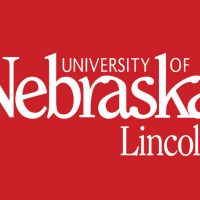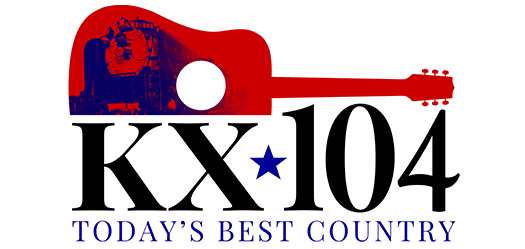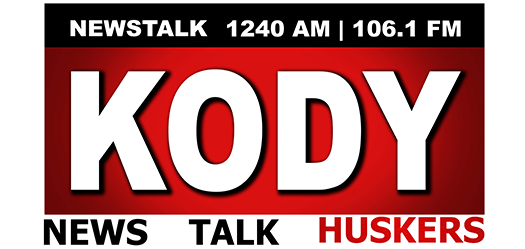
| University of Nebraska students have saved more than $13 million in textbook costs in recent years thanks to collective efforts of faculty and staff across the four campuses to expand access to more affordable digital course materials.
The University of Nebraska-Lincoln, University of Nebraska at Omaha, University of Nebraska at Kearney and University of Nebraska Medical Center all have launched programs to reduce textbook costs for students – part of a broad goal across the NU System to ensure affordable access to quality education for all students.
Known collectively as “Open Nebraska,” the campuses’ efforts are further evidence of the university’s commitment to reducing costs for students wherever possible, NU System President Ted Carter said.
“The cost of textbooks is real money for students and families,” Carter said, noting that according to the College Board, students typically spend about $1,200 per year on books. “Our faculty and staff have been incredibly innovative in finding ways to help students access those same course materials at much lower costs. To have saved this much money for students in such a short time is a remarkable achievement – a credit to the leadership and vision of our campus teams.”
Carter’s strategic plan for the NU System includes a goal to reach $10 million in textbook savings through Open Nebraska by 2023-24. The $13 million in savings thus far surpasses that goal well ahead of schedule – and the university expects savings to grow as use of free and low-cost digital course materials as well as “open educational resources” (educational materials that are freely available online, like videos, websites, online lectures and so on) continues to expand.
Figures represent how much students have saved by taking advantage of digital course materials and open educational resources instead of purchasing traditional textbooks in the courses in which they registered. The university began tracking cumulative system-wide savings in 2018. The $13 million in savings includes the newest savings from the fall 2022 semester.
UNK was the first campus to pilot a focused effort by faculty to replace traditional textbooks with lower-cost digital materials in 2015.
In the years since, faculty and instructors across all NU campuses, along with colleagues from the academic affairs offices, bookstores, libraries, Information Technology Services and others have worked together on a number of efforts to reduce textbook costs for students. Highlights include:
· UNL’s “STAR” (Successful Teaching with Affordable Resources) program helps faculty and instructors find ways to use more lower-cost course materials.
· UNO’s undergraduate degree program in sociology became the first to adopt an entirely digital pathway – in other words, students can earn a sociology degree without having to buy a traditional textbook.
· Campus registrar’s offices and the Nebraska Student Information System have partnered with Information Technology Services on a “course marking” effort in which instructors can flag courses that offer digital materials, providing transparency to students and allowing them to make informed choices when they register for classes online.
· Campus bookstores offer “first-day access” eBook programs that allow students to buy electronic versions of physical textbooks. The programs not only save students significant dollars, but because students can access the eBooks right away, they have course materials on the first day of class, putting them in a better position for success. National studies show that up to 90 percent of students don’t have their textbooks on the first day of classes.
Beyond savings for students, the use of open educational resources can benefit instructors as well. Instead of covering a textbook front to back, a faculty member can have the flexibility to pull digital materials from the web to better tailor their course; and using online materials gives instructors more opportunities to pull in fresh content as often as they like.
A system-wide team has been convened to study how access to open educational resources impacts student outcomes at the University of Nebraska. Other states that have conducted similar studies have found positive impacts beyond financial savings, including students taking on more credit hours when they enroll in courses with digital materials and students earning higher grades when they have access to digital course materials on the first day of class. |







